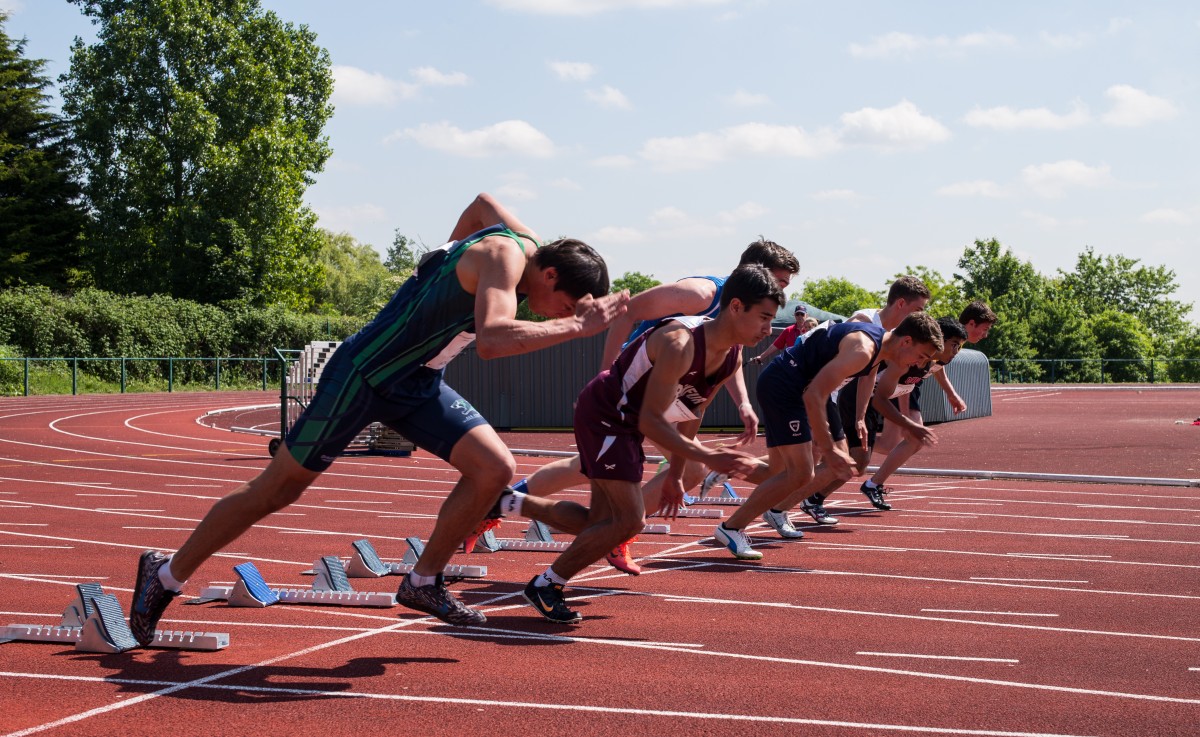Feb 1, 2018Explosive Exercises
Explosiveness is important in all types of sports. Athletes need to be able to run, jump, and move in rapid succession in order to perform at a high level. According to Mike Gentry of HighSchoolStrength.com, the following categories of exercises can help your athletes develop the explosive power they need.
Speed
Being able to effectively accelerate is a key attribute, and resisted running exercises are a great place to start. There are a number of running exercises and variations that can help build speed. These can include bleacher runs, short uphill sprints, sand pit runs, sled pulls and sled pushes, and board pushes. Be sure to switch up these drills by adjusting distance, running amounts, and overall volume based on the level of your athletes and your training regimen.
Agility
Along with speed, agility is also essential. Gentry breaks down agility drills into two categories: programmable and reactive. Programmable drills are where athletes know exactly what to do and can practice the movement at a high tempo. These include cone and bag drills, shuttles, and circuits. These also allow athletes to slow down and work on a precise movement if needed.
Reactive drills require athletes to react to unpredictable stimulus, which can be both fun and valuable. This could include tennis ball reaction drills, cone reaction drills with a coach, tag games, as well as many others. These are great for mixing things up and adding a fun element of competition to training.
Conditioning
When designing conditioning exercise, be sure to consider the specific types of activities done in your sport. For many team sports, short explosive sprint bursts are typical. Gentry suggests starting with repeated short sprints, such as shuttles, gassers, or suicides, with a 4:1 rest to work ratio before progressing to a 3:1 ratio. Conditioning exercises should be done once or twice a week after strength training because it’s important not to overload on volume. Also make sure that athletes are hydrating properly.
Hip Power
One area of the body that is especially important for explosive movement is the hips. The strength of the hips will dictate an athlete’s ability to jump and sprint effectively. Box jump drills (plyometric and/or nonplyometric) are a great place to start. Some other exercises include broad jumps, power skips, standing triple jumps, Olympic lift variations, single leg box step ups (no weight), trap bar jumps (light weight), and kettlebell swings.
Squats
According to Gentry, squats are an essential movement that all athletes can benefit from. When done properly, these work the glutes, lower back, hamstrings, and quads, which are all muscles that explosive athletes should develop. There are a number of variations to consider, such as the back squat, front squat, box squat, interval back or front squats, speed squats, and goblet squats. By regularly incorporating this exercises into an athlete’s training program, they will be able to generate more force on the ground, allowing them to jump higher and run faster in short sprints. Be sure to help athletes develop proper technique so they can train safe and get the most out of this valuable exercise.




